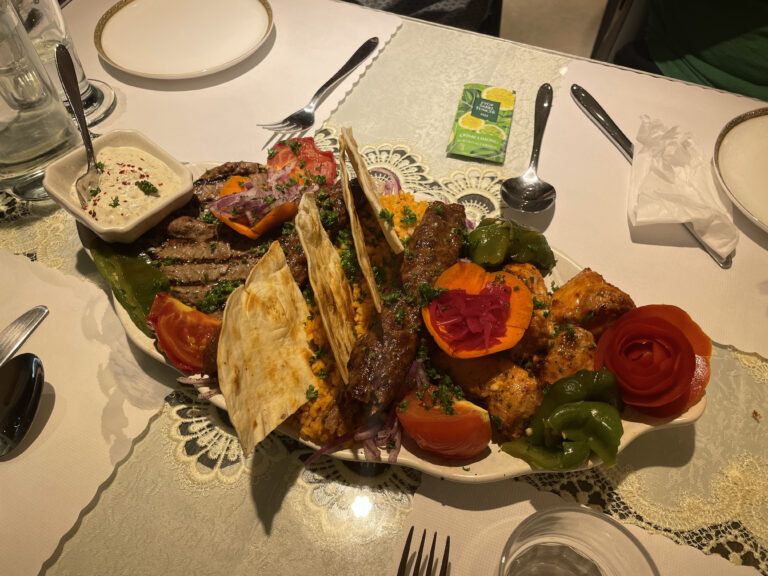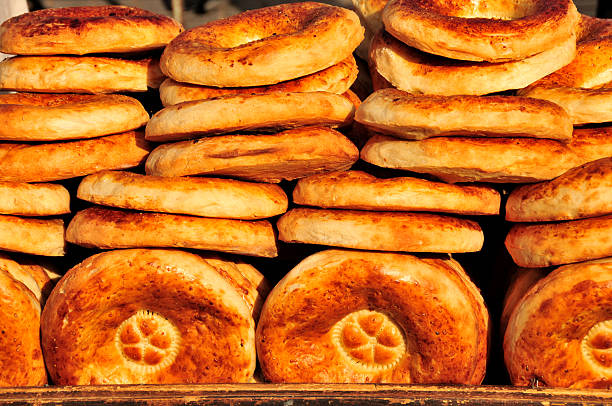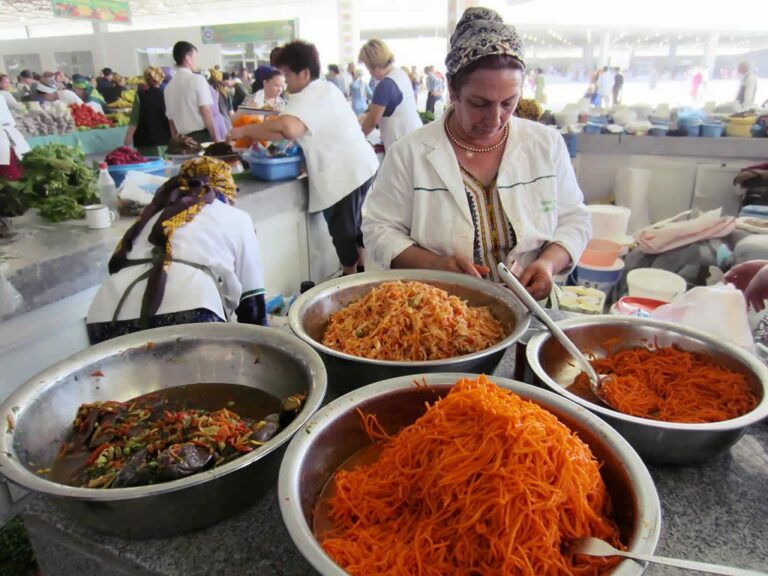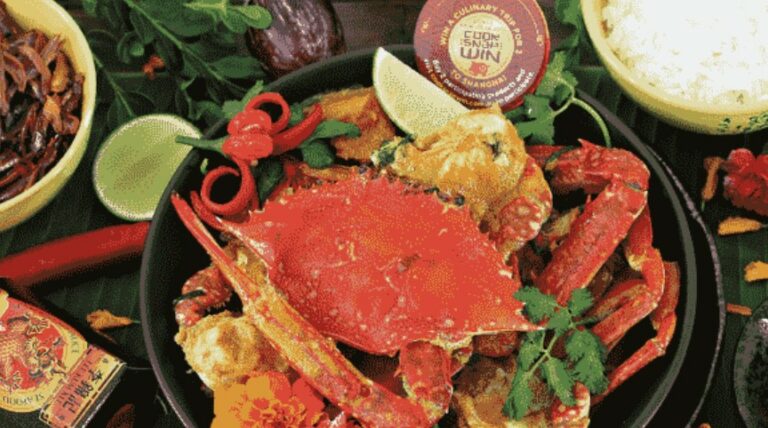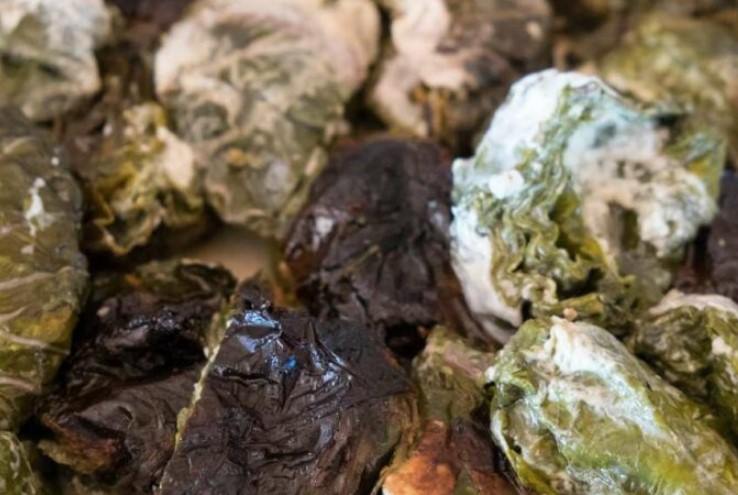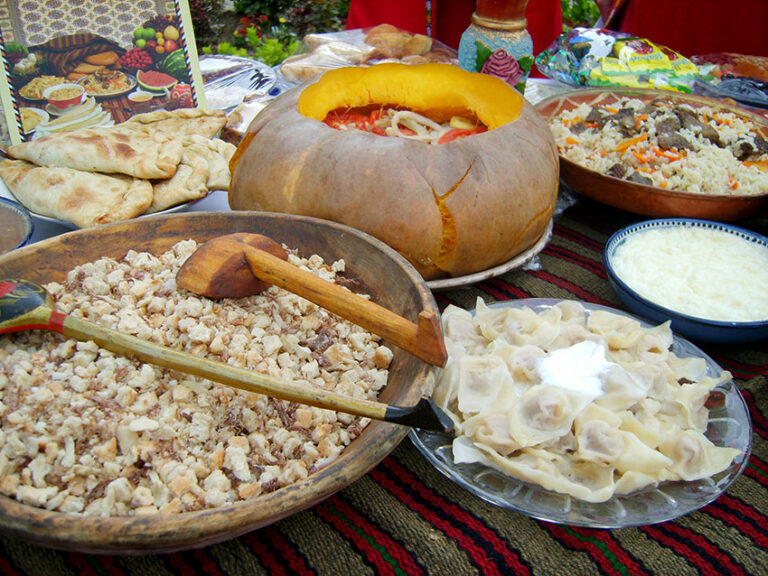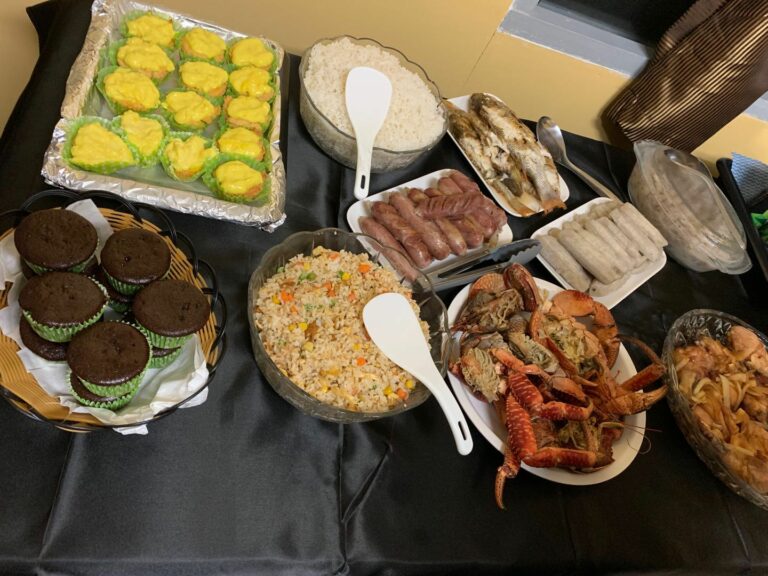Introduction: The Essence of Turkmen Cuisine
Turkmen cuisine is a flavorful blend of influences from Central Asia, Russia, and the Middle East. It is known for its hearty meat dishes, fragrant rice pilafs, and rich dairy products. Turkmen cuisine also makes use of a wide variety of herbs and spices to add depth and complexity to dishes.
The cuisine is a reflection of the nomadic lifestyle of the Turkmen people, who relied on herding and farming for sustenance. Traditional Turkmen dishes are designed to be filling and nutritious, with a focus on using simple ingredients to create bold and satisfying flavors.
Staple Grains: The Foundation of Turkmen Dishes
Staple grains form the foundation of Turkmen cuisine. Rice, wheat, and barley are commonly used in dishes such as pilafs, soups, and flatbreads. Rice is particularly important, and is often flavored with saffron, herbs, and meat broth to create a fragrant and savory dish.
Bread is a staple in Turkmen cuisine, and is typically made from wheat flour. It is often baked in outdoor ovens and served with butter and cheese. Flatbreads such as lavash and chapati are also popular and are often served with stews and dips.
Meat: The Protein-Packed Star of Turkmen Cooking
Meat is a central component of Turkmen cuisine, with lamb, beef, and chicken being the most commonly consumed meats. Kebabs, stews, and dumplings are all popular meat dishes in Turkmen cuisine.
One of the most iconic Turkmen dishes is palaw, a rice dish made with meat, carrots, and spices. It is often served with a side of yoghurt or a simple salad. Meat is also used to flavor soups and broths, adding depth and richness to these comforting dishes.
Vegetables and Herbs: The Flavorful Accents in Turkmen Cuisine
Vegetables and herbs are used to add fresh and vibrant flavors to Turkmen dishes. Tomatoes, onions, and garlic are all commonly used, as are peppers, eggplants, and greens such as spinach and parsley.
Herbs such as coriander, dill, and mint are also important in Turkmen cuisine, and are often used to add bright and fragrant notes to dishes. Fresh herbs are used liberally in salads and dips, while dried herbs are often added to soups and stews.
Dairy Products: The Creamy Goodness in Turkmen Recipes
Dairy products play an important role in Turkmen cuisine, with yoghurt, sour cream, and cheese being popular ingredients. Yoghurt is often served as a side dish to balance the richness of meat dishes, while sour cream is used to add tanginess to soups and sauces.
Turkmenistan is also known for its cheeses, which are made from sheep’s milk and range from soft and crumbly to hard and sharp. These cheeses are often served with bread and fruit as a simple and satisfying snack.
Spices and Condiments: The Fiery Flavors of Turkmen Cooking
Turkmen cuisine makes use of a wide variety of spices and condiments to add heat and depth to dishes. Cumin, coriander, and turmeric are all commonly used, as are red pepper flakes and dried chilies.
Garlic and onion are also important flavorings in Turkmen cuisine, and are often used in combination with other spices to create complex and bold flavors. Traditional condiments such as pickled vegetables and hot sauce are also popular, adding a tangy and fiery punch to dishes.


